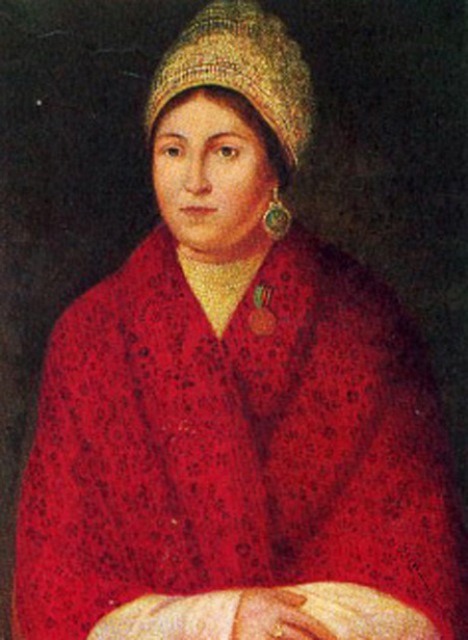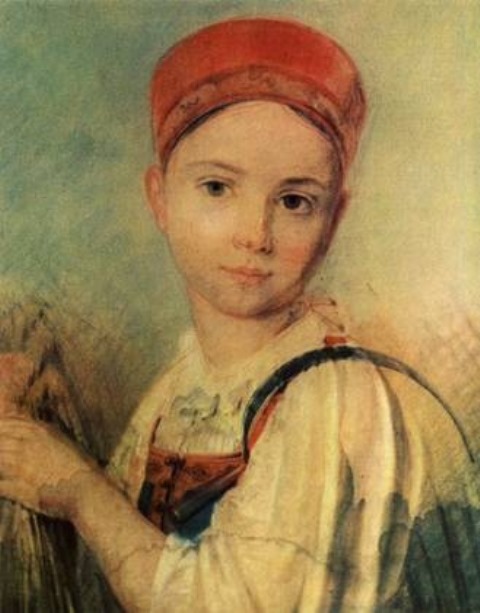For six years now October 15 is celebrated around the world as the International Day of Rural Women. This is another one of those “women’s days whose aim is to in one way or another help improve the social status of women. Such an effort may seem excessive to some, considering the fact that in most countries women have long been afforded the same rights as men. However, the degree to which society has modernized should not be overstated, as in many places men continue to run the show.
But today’s conversation is not about this. Rural women in Russia were always called “baba” but only without the dismissive tone which the word has come to connote recently. This word embodies both strength and beauty. Our history has provided many images of strong Russian women who take the initiative in a critical moment. The woman who, as Nekrasov wrote, could “stop a stallion at full gallop and rush into a burn house”.
The first such woman who comes to mind is of course Vasilisa Kozhina, the hero of the Patrotic War of 1812, who organized a cohort of women and teenagers to defend settlements in the Smolensk regions from the French army. There were of course many, many others.
But Russian women have always been appreciated not only for their strength, determination or efficient housekeeping but also for their beauty. Russian painters have created a rather large number of iconic images of Russian peasant women.
Alexander Smirnov. Portrait of Vasilisa Kozhina. 1813
Alexei Venetsianov. Peasant Women with Sickle in the Rye Field
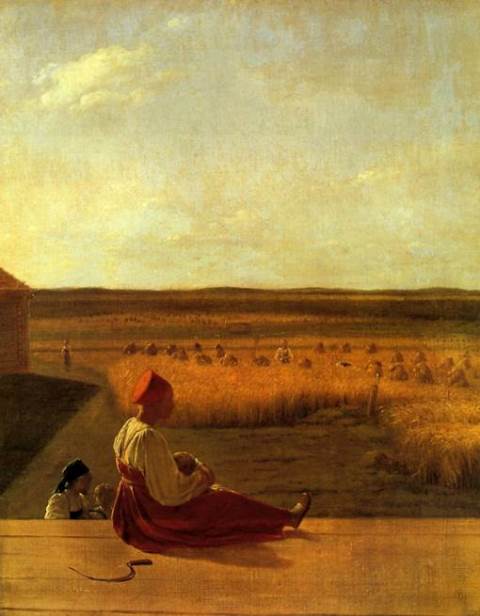 Alexei Venetsianov. Harvest. Summer. Mid-1820s
Alexei Venetsianov. Harvest. Summer. Mid-1820s
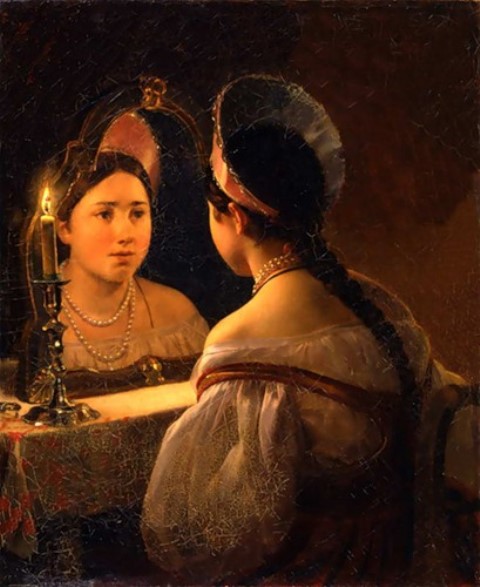 Karl Bryullov. The Fortuneteller Svetlana, 1836
Karl Bryullov. The Fortuneteller Svetlana, 1836
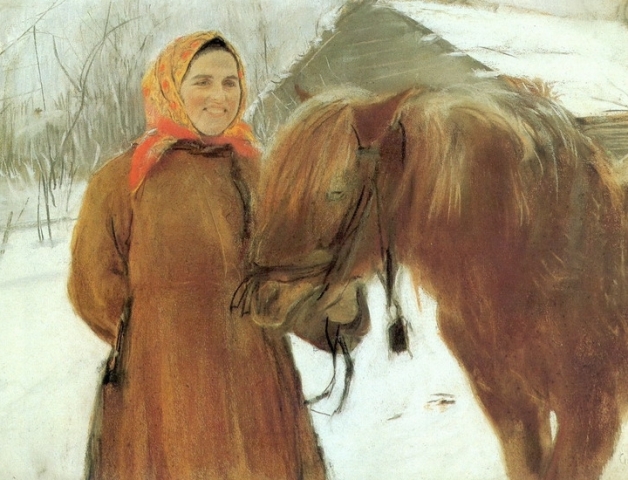 Valentin Serov, Baba with a Horse. 1898
Valentin Serov, Baba with a Horse. 1898
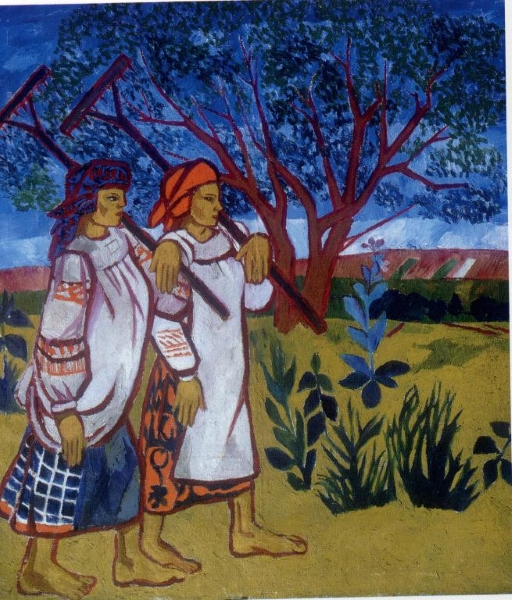 Nataly Goncharova. Baba with Rake, 1907-1909
Nataly Goncharova. Baba with Rake, 1907-1909
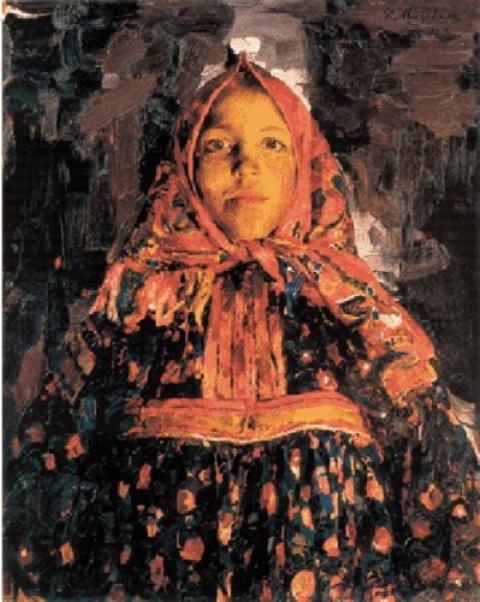 Filipp Malyavin, Verka. 1913
Filipp Malyavin, Verka. 1913
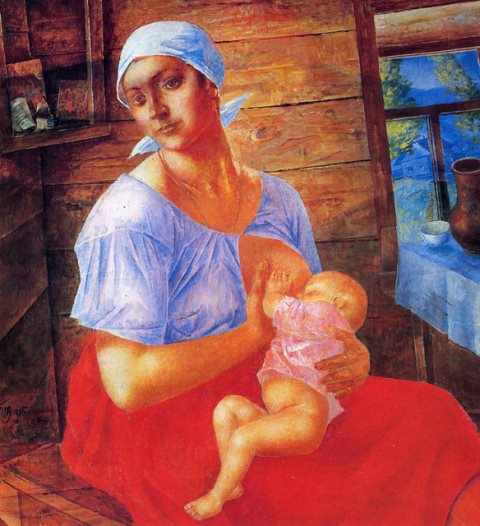 Kuzma Petrov-Vodkin. Mother. 1915
Kuzma Petrov-Vodkin. Mother. 1915
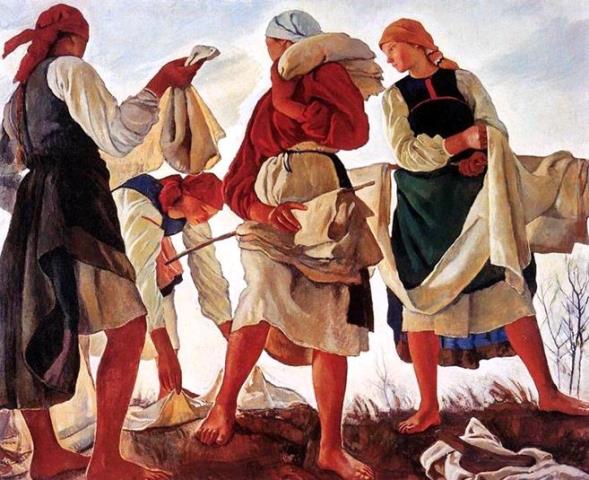 Zinaida Serebriakova. Bleaching Linen. 1916-1917
Zinaida Serebriakova. Bleaching Linen. 1916-1917
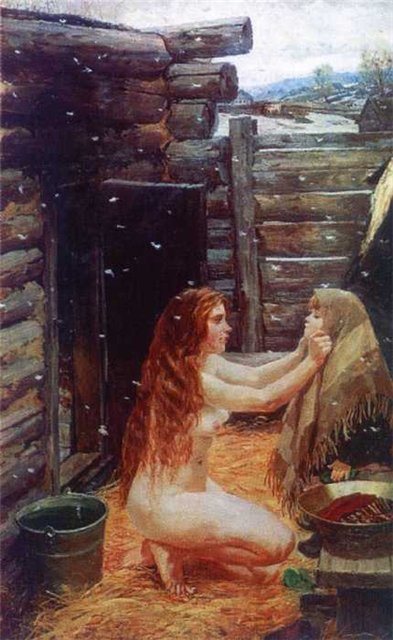 Arkady Plastov. Spring. In the Bathhouse. 1954
Arkady Plastov. Spring. In the Bathhouse. 1954
Polina Skolkova

